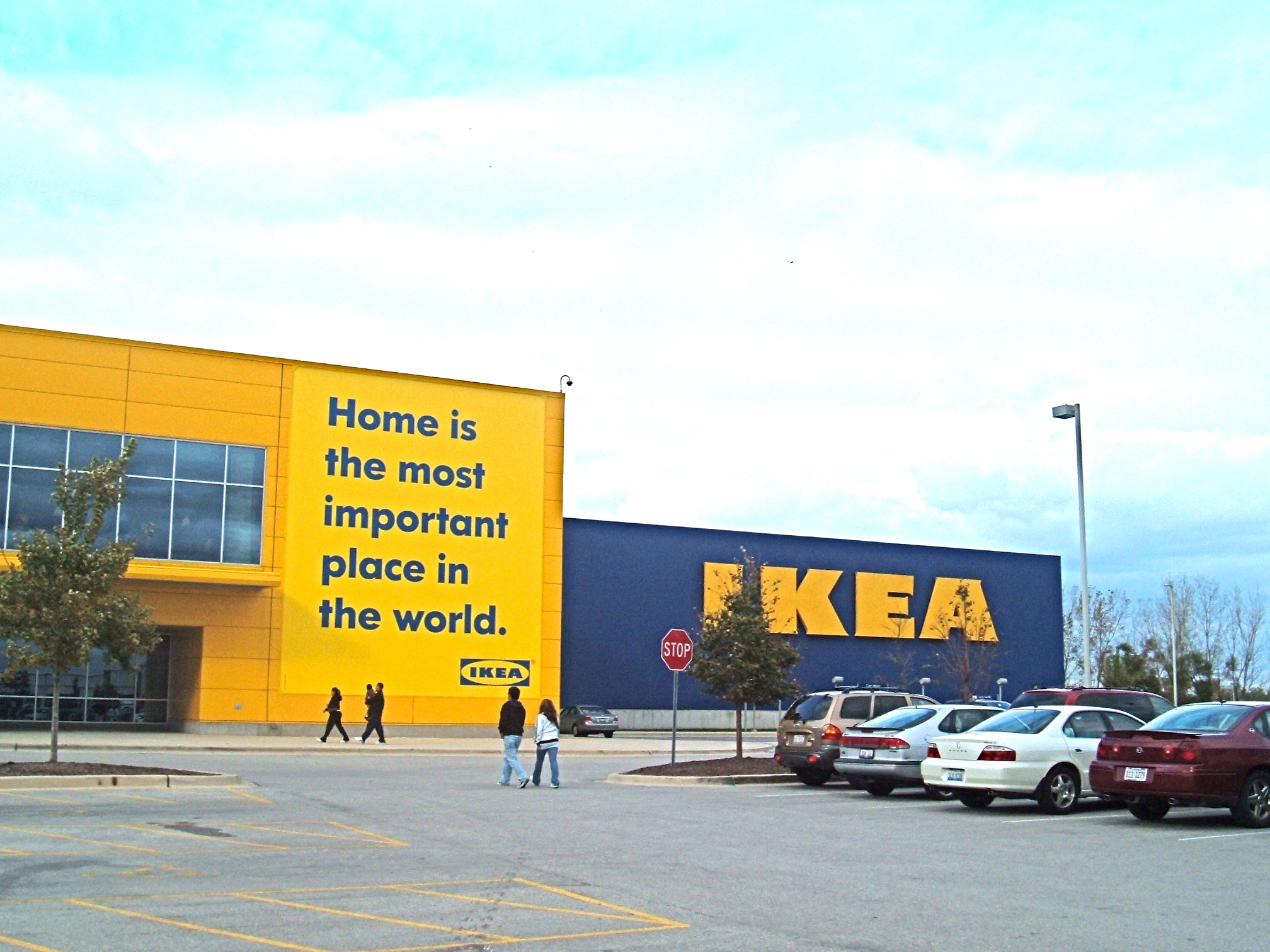Bolingbrook is a community of stores and homes. There’s no town center, no special landmarks, and no remarkable geography. (Although, to be fair, there are a few small, muddy rivers and some cornfields). For most of us, the landscape of life is what’s inside our houses and inside the stores nearby. “Home is the most important place in the world,” that banner sign (above) at IKEA said, a few years ago.
I think that’s why people move to the suburbs.
Sure, some people choose to live in the suburbs because they feel “safer” here. Crime rates are lower in most suburbs than in cities. But, thankfully, the suburbs are less and less a place White people go to escape Brown people. Bolingbrook is uniquely diverse, racially: 41% white, 25% Hispanic, 20% Black, and 11% Asian, according to the 2010 census.
Some choose to live in the suburbs because there are “good” schools here. Suburban schools, generally, are populated by kids and families who are middle to upper class, even when they’re a mix of different races. Test scores are higher, generally. Yes.
But I think most folks move to the suburbs because they want a house with a yard. If there’s easy shopping close by, more’s the better. And here in Bolingbrook, 30 long miles outside Chicago, where fifty years ago there was nothing but cornfields here (no vestiges of a charming historic town, no college, no railroad, no other assets to raise property values), chances are you can afford one. There’s not much history, not much charm, and not much character, but… there are affordable houses. With yards. And shopping – lots and lots of shopping.
Bolingbrook is a community people choose, primarily, because they want to own a home and create a life inside that home. Maybe that’s what it means to live in any suburb: a place you can create “home” the way you always imagined it. And plentiful stores, restaurants, and highways all make that life at home easier. Not that you can’t create home in a city, but life in most suburbs is designed with “home” at the center.
IKEA knows their customers. And their neighborhood.
I plead guilty. I’ve always been a homebody. I love IKEA. I love how easy it is to buy anything I need here. I love my yard. I love my little house.
But the longer I live here, the more I see a landscape beyond the inside of my house. A suburban geography. A sense of place.
I like my neighbors. We live on the “edge of the prairie,” as Garrison Keillor says about his hometown. There are some unique nooks and crannies in this town. There’s something grand about the industrial labyrinth of faceless warehouses lining the interstates. There are independent shops and restaurants. It’s not as deliciously complex as Chicago or even Joliet, or historic like Naperville or Lockport, but as plain as it seems on the surface, it’s not blank or empty.
I plan to try and map some of that geography, here, on this blog.




I see the opening scene of the film Fight Club in my head 😉
(And I love shopping at IKEA, too!)
You raise compelling questions about our sense of place and do it with substance. I appreciate the hard data about demographics. Keep up the good work, Heidi.